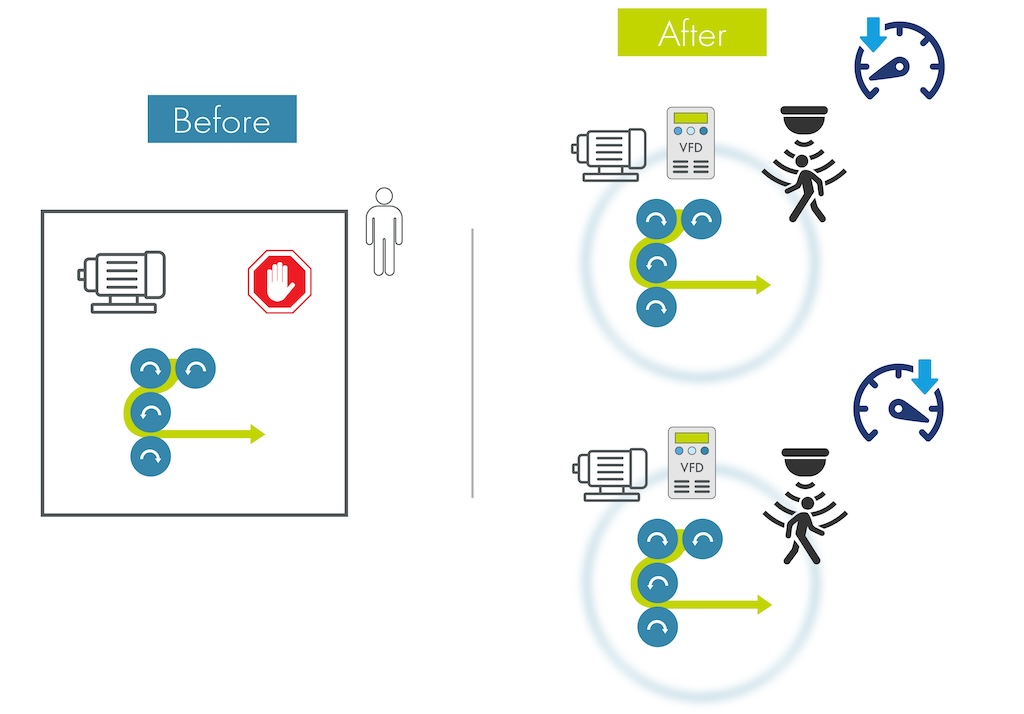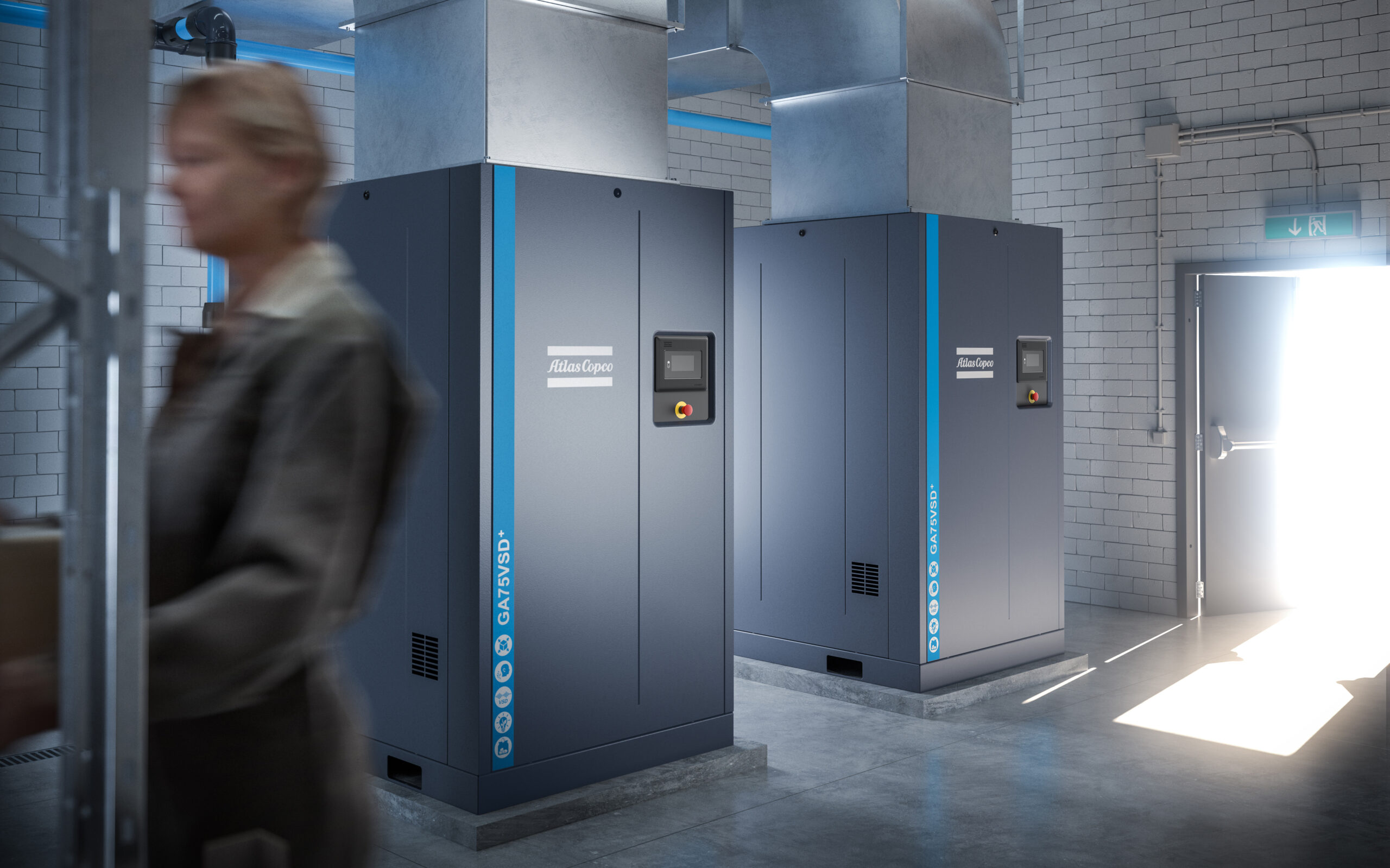The 1,800-lb Smart Car places great emphasis on active, passive and designed-in safety features, but its hard to see how it would not suffer great damage if rammed by a Chevy Equinox.
Every time I run out to the grocery store three miles away, I hop into my 3,961 lb 1999 Mercedes with a 221 hp engine or my 3,470 lb Acura TSX with 205 horses. The Mercedes (which has 190K on the odometer and is rusting away) will go 130 mph, but I rarely go much over 35 on this mundane mission. The trip consumes a third to half a gallon of gas as I have to go through five stoplights. In good weather and when I have the time, I ride my bike.
With gas prices soaring, using my ton and a half rust bucket for errands is overkill to say the least. I’d be just as happy and a little richer taking a GEM e4 weighing 1,340 lb (that’s with me in it) and powered by a 7 hp motor. My only fear — no matter how safe they tell me they are — is I’ll get creamed by a much larger vehicle. All I see is carnage from a GEM e4 when it gets rammed by a three and a half ton Chevy Suburban (check out Chuck Murray’s story on ).
In other words, weight, design, power and especially speed have defined today’s safety parameters. They are for ton and a half vehicles on up through light trucks (it’ll always be no contest between a Jetta and a Peterbilt tractor). Given cheap gas prices until recently, the economics for ton and a half or heavier metal hulks worked fine. Safety has been designed around them and we’ve learned a lot. Indeed, the National Highway Transportation Safety Administration (NHSTA) uses a 3,015 lb side-impact trolley going 38.5 mph to see which vehicles stand up the best.
The problem is now some of us want to drive street-ready glorified golf carts which compete on the road with vehicles weighing three to eight times as much. Carmakers such as GM don’t believe much in downsizing their vehicles. On Tuesday, May 6, I drove its hydrogen fuel cell Chevy Equinox , which is 200 lb heavier than the internally combusted two and a half ton Equinox. GM tells us the point of the Project Driveway , as the Equinox program is called, is to prove to consumers that we don’t have to compromise and drive glorified golf carts even with vehicles using renewable fuel.
But it’s hard to imagine what’s on the road today won’t look vastly different in five or even three years. Cars across the board will get smaller and will redefine the safety equation in vehicle-to-vehicle collisions. The 1,800 lb Smart Car places great emphasis on active, passive and designed-in safety features, but it’s hard to see how it would not suffer great damage if it was rammed by, say, an Equinox. The Smart Car hasn’t been around long in the U.S., but the company that makes it, Mercedes, has a few online pictures showing how it fared in a collision with a small pickup. There are plenty of videos showing Smart Cars in dramatic crash tests .
One hair-raising crash into a concrete barrier at 70 mph shows the Smart Car holding up quite well, but I would not want to be in one when it careens into a concrete barrier at 20 mph, much less 70 mph. It’s hard to imagine vehicles will remain as big as they are today and as they downsize, the collision disparity among big, small and everything in-between should be reduced. For now, I’ll take the GEM e4 to the supermarket, but you’ll likely find me in the breakdown lane being very, very careful.
Are smaller cars the future? Write me at [email protected] . Or visit my Design Engineering at Large blog.



